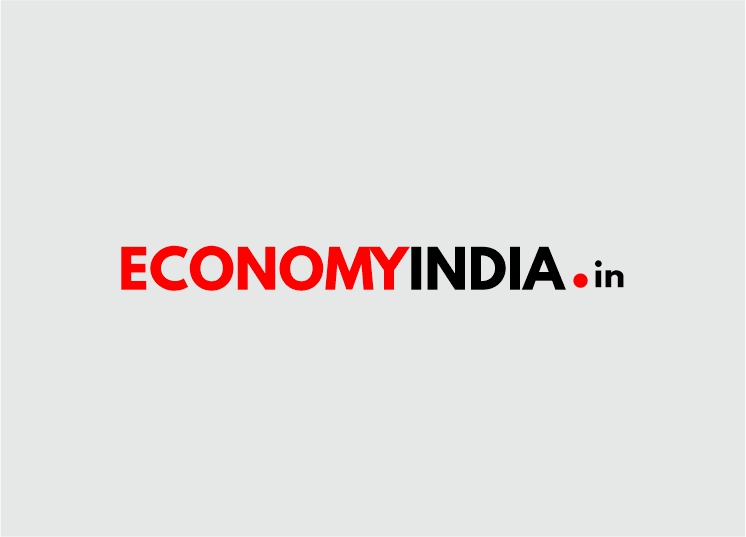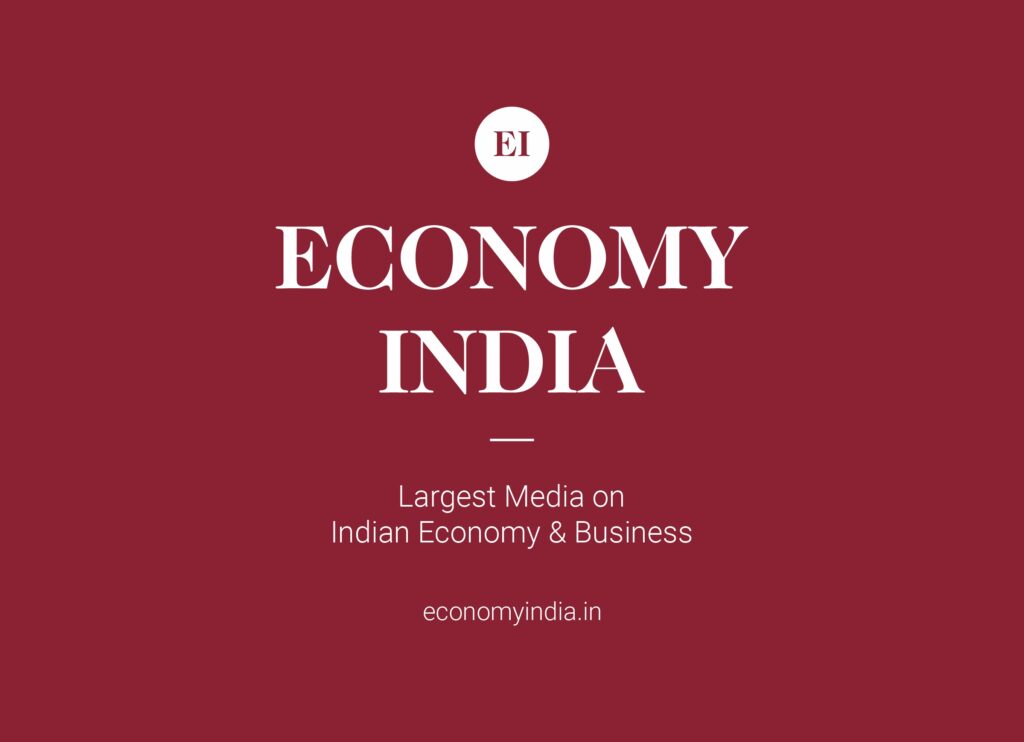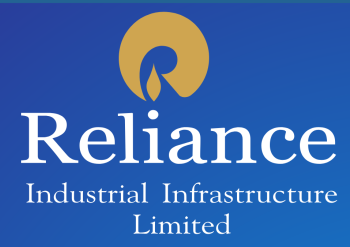According to a report in Business Standard, Auto debit payment bounces or bounce rates in December fell to their lowest since the coronavirus (Covid-19) pandemic began and are even lower than the pre-covid levels, thus continuing the trend witnessed since July 2021. This indicates that the banks have had a good period as far as their asset quality is concerned since the second wave of the pandemic subsided.
According to National Automated Clearing House (NACH) data, in December, the bounce rate in volume terms stood at 29.9 percent and in value terms, it was 24.4 percent. Bounce rates in volume terms were lowest since August 2019 and in value terms, they were lowest since September 2019.
Suresh Ganapathy, associate director, Macquarie Capital, said, “This indicates a good third quarter for banks on the asset quality front as collection efficiency improves further, a continuation of trend witnessed in Q2FY22”.
National Automated Clearing House (NACH)
In value terms, the bounce rate was nearly 220 basis points (bps) better than July – September, which was the best quarter this year (FY22) in terms of recovery for the economy. On a month-on-month (MoM) basis, bounce rates have declined 130bps and 70bps by volume and value respectively which is encouraging, a Macquarie Research report said.
But, in pre-Covid (2017-2019) times, the bounce rates for December on average have been around nearly 26 percent by volume and around 22 percent by value. The current bounce rates by value are about 300-400 bps higher than pre-Covid levels, the report further said. Also, among the banks, ICICI Bank has the lowest bounce rate and IndusInd Bank has the highest bounce rate, the report said.
National Automated Clearing House (NACH)
NACH, a bulk payment system operated by the NPCI, facilitates one-to-many credit transfers such as payment of dividend, interest, salary, pension, etc., as also a collection of payments pertaining to electricity, gas, telephone, water, periodic installments towards loans, investments in mutual funds, insurance premium, etc. These are applicable for inter-bank mandates or between a bank and NBFC or fintech lender.
After seeing record numbers between June – November of 2020, highlighting the stress in the system, bounce rates started coming down since December 2020, indicating higher regularity in equated monthly installment (EMI), utility, and insurance premium payments by consumers. However, the trend reversed in April 2021 as bounce rates inched up due the second wave of the pandemic. Again, in July 2021, the trend reversed, and bounce rates started declining as the impact of the second wave started waning.
NBFCs and Fintech
In their earning calls for the September quarter (Q2FY22), lenders had indicated that their collection efficiencies have gone post the April – June quarter and they have been able to pull back the slippages they had seen in the retail segment with economic activity picking up post the devastating impact of the second wave of the pandemic.
Experts have said bounce rates were at an elevated level even before the pandemic hit, because of the slowdown in the economy. If we see April 2019 numbers, the bounce rate stood at 27.7 percent and 22.2 percent.
While bounce rates may not be the most precise barometer of stress in the system but it gives an indication, directionally. NBFCs and fintech have seen huge growth with digital lending coming in and these segments attract a newer and different set of customers, who might not be the most attractive set of customers when it comes to risk and that might be one of the reasons for the bounce rate to be on the higher side as the customer profile of NBFCs.
In 2020-21, unsuccessful auto-debit requests via NACH constituted 38.91 percent of the total auto-debit requests. In 2019-20, they were 30.3 percent. In 2018-19, they were 23.3 percent. (Business Standard)













